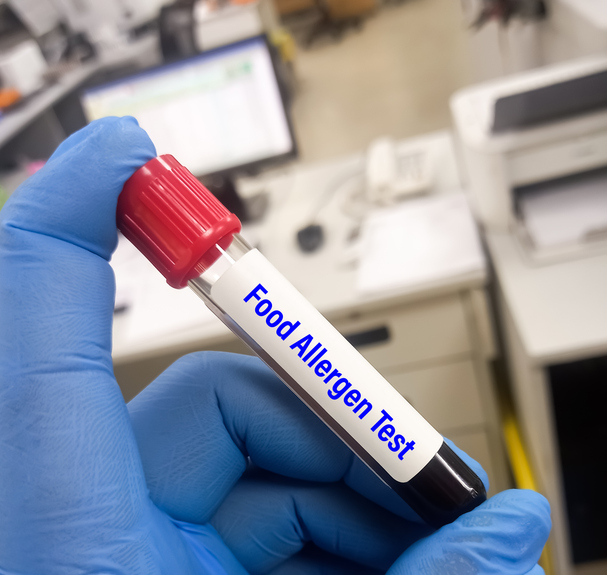Histamine intolerance can occur as a food intolerance or as a result of systemic mastocytosis (SM).
Living with SM requires avoiding the triggering factors that cause allergic episodes. These triggers, such as sudden changes in temperature, emotional and physical exertion, alcohol, insect stings, infection, certain foods and some medicines, can cause the body to release excessive levels of histamine.
When histamine isn’t broken down properly in the body, it builds up, leading to histamine intolerance. Symptoms can be mild to severe, with anaphylaxis being the most serious consequence.
What is systemic mastocytosis (SM)?
Systemic mastocytosis is a rare white blood cell disorder that mainly affects adults aged 50-60 years. It occurs when mast cells mutate and multiply uncontrollably in the skin, organs and bones. Certain triggers can cause various symptoms, including inflamed, itchy skin, stomach pain, palpitations, diarrhea, headaches and dizziness. Symptoms can be managed with medication, but there is no cure.
What is histamine intolerance?
Histamine and other chemicals are released into the bloodstream by mast cells when an allergen is detected. This is the body’s immune response to fight infection. The histamine causes the blood vessels to expand and makes the skin itchy and swollen.
Airways can also become constricted due to a buildup of mucus. People living with SM are advised to carry an epinephrine-filled syringe, also known as an EpiPen, with them at all times in the case of anaphylaxis.
Recognizing symptoms of histamine intolerance
SM can be difficult to diagnose, as some symptoms overlap with other conditions. The same can also be said for identifying histamine intolerance. Some of the most common symptoms of histamine intolerance include:
- Headaches and migraines.
- Digestive problems such as diarrhea and stomach pain.
- Sleep disturbances.
- Anxiety.
- Fatigue.
- Flushing.
- Hives.
In severe cases, anaphylaxis can occur, which can be life-threatening if not immediately treated.
Learn more about SM signs and symptoms
Managing histamine intolerance
Avoiding triggers and taking antihistamines, also known as H1 and H2 histamine blockers, can help manage the severity of histamine intolerance.
Following a low-histamine diet and introducing certain lifestyle changes can also help manage histamine intolerance. Certain foods such as aged cheeses, smoked meats, spinach, tomatoes, citrus fruits and alcohol naturally contain histamines, while others have additives that can release histamine. In most cases, fresh, unprocessed foods are lowest in histamine.
Additionally, there are some medications that can interfere with the enzyme that breaks down histamine, while others can increase histamine sensitivity. Adopting a healthy approach to managing stress can also be an important part of lowering histamine levels.
Everyone with SM may react differently to various triggers, so it’s important they consult with their doctor before making any changes to their diet or lifestyle.

